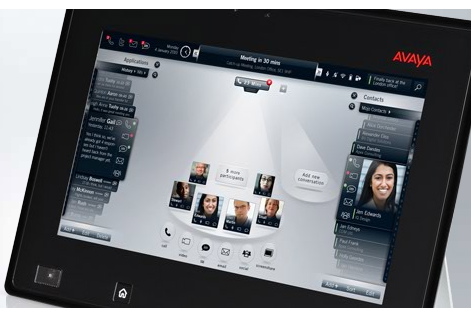A week ago, I participated as a third party analyst in a CIO.com hosted podcast together with Hugh McCullen, the GM of Nortel's Multimedia Services. Here is a synopsis of a few questions and my answers.
So far, the market for telepresence and high-definition video conferencing technologies have been held back by misperceptions about the quality of these solutions. Some see the solutions as difficult to use or manage. Others maintain that both the audio and video quality are lacking. Has the technology evolved to a state of full-on readiness? What are some of the more common misconceptions about high-end video conferencing and telepresence technology, and how would you address them?
Full-on readiness. That's like Transsformers where the characters all go BEAM ON! and generate a big power burst that vanquishes the alien robot forever…. Yes. The factors in the industry are coming together to really expand this market. The best indicator of this is what the equipment vendors are reporting. Equipment vendors are report several quarters of double digit growth – TANDBERG reported 20% Y/Y growth, while the 1H08 for LifeSize yield 180% more revenue than the year before. This is solid news even in the face of economic challenges in some video-leading industries like financial services and automotive.
Over the past 5 years, the fundamentals of the equipment, the service and the experience has changed:
- New HD technology
- New high speed, low cost networks
- Users at home are familiar with HD, Dolby 5.1 sensurround audio and that experience sets the bar for what they'd prefer in the office.
Services makes all of these technologies reliable and easy to own. The business cases for customers incorporate all three of the big costs – dollars, carbon dioxide and the most precious of all, time.
Common misconceptions:
It's the replacement for the corporate jet, in that telepresence and HD video is only for big companies. But, our research shows that HD is rapidly gaining ground in the MidMarket (100-1000 employees). So, with low cost entry points, executive or personal style systems readily available and highly interoperable standards-based solutions can kill that misconception pretty easily.
Another misconception is that this is not interoperable gear. Although Cisco has yet to make their system interoperable with legacy SD or even HD systems, all the other major manufacturers are quite interoperable – TANDBERG, HP, Polycom, LifeSize. The growing demand is to facilitate video with rooms in other companies, because that's where the collaboration between companies takes place. No longer is it enough to simply connect all the disparate offices together. Customers want and need to video communicate with customers, partners and suppliers regardless of what company they work for. That's a big role for the managed services provider – to sort out these interoperability demands and to enable a high quality, high security and high interoperability implementation without diminishing a single bit of any of these formerly irreconcilable trade offs.









